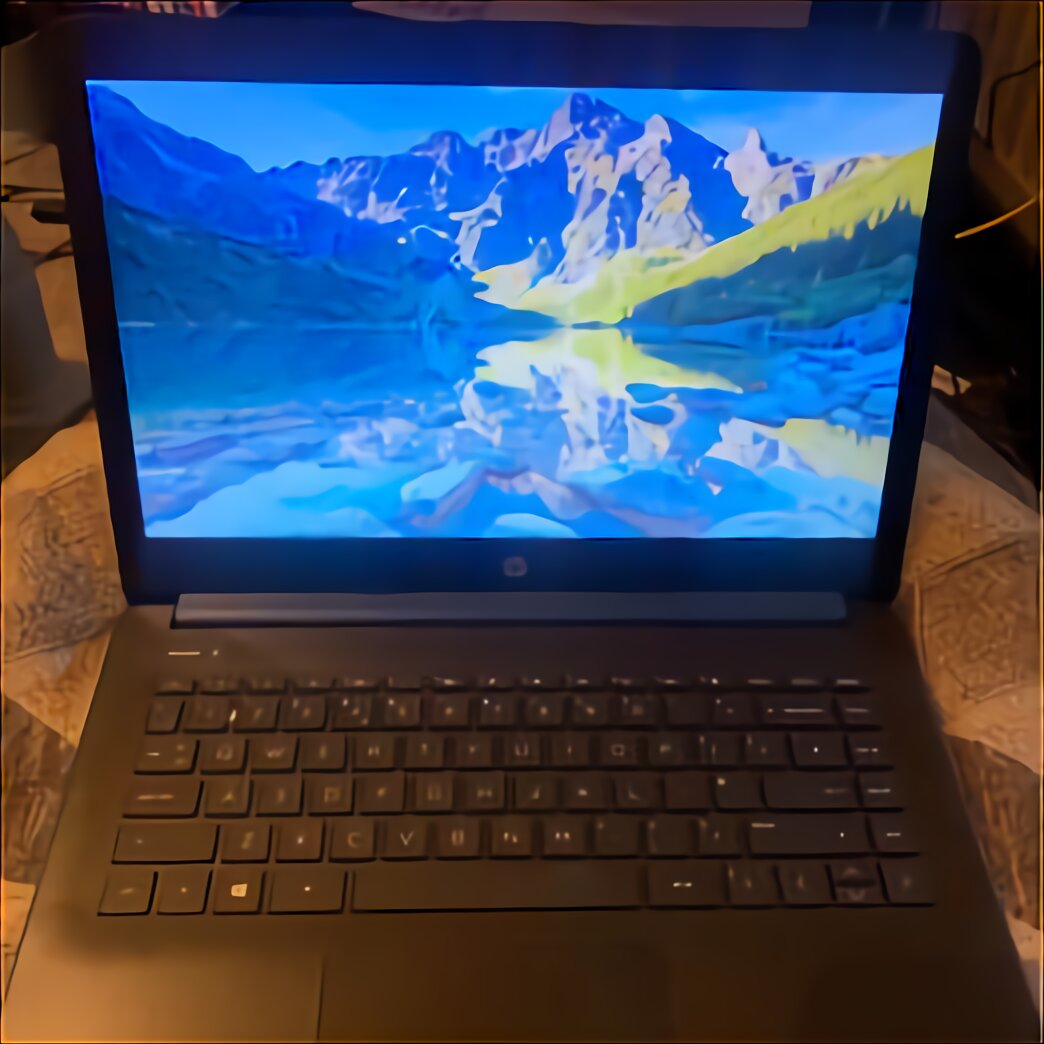

That's why it's great that programs like Laptop Mode Tools exist. Some users may not even need to follow this guide, and if that's true, that's great! However, a huge majority of Ubuntu users with laptops don't exactly have great luck. It is true that not all laptops running Ubuntu have completely terrible battery life. Every year, Laptops get bigger and better batteries, but because of poor optimization, most batteries go to waste. By default, Ubuntu's battery life isn't much better than other Linux distros. It's one of the main failings of an otherwise great operating system. Conclusionīattery life has always been a huge issue with Linux. Follow this link and check out some other ways you can improve battery usage. Laptop mode tools mostly do everything you'll need to save battery, but just in case you want to get even more out of your battery, the Ubuntu wiki has you covered.

Play around until you find the best way to stretch out your battery life. For example: maybe enable a couple modules, run out your battery and then try a different configuration. Doing so will apply your newly selected settings. When you find the modules that you want to enable, press the OK button to save it. Go through the list and check the boxes you think fit.
#Ubuntu laptop download
If you happen to own a Lenovo X13S Windows 11 Arm laptop, you can download and try out the pre-built Ubuntu 23.04 images, or build them from scratch with the Armbian build script.Inside the GUI window, you'll notice a ton of options. So it’s unclear what is not working… Previous Linux ports on Windows Arm laptops had mainly issues with 3D graphics acceleration (now taken care of) and support for the cellular modem whose status is unclear in the Armbian images.
#Ubuntu laptop Patch
The screenshot above shows Linux 6.3.8, but the build script on GitHub has already been updated to the latest Linux 6.4 branch, so the laptop is basically running mainline Linux with some extra patch sets. While we don’t know exactly what works and what doesn’t, the screenshot below shows all eight cores are enabled, the display is working along with 3D graphics acceleration using Freedreno open-source driver, battery charging and monitoring look to be working fine too, and so are the laptop’s speakers through ALSA. Everything’s done on top of the Armbian UEFI-arm64 support in a single file. This is using grub-with-DTB, x13s kernel and the “Concept x13s” userspace for Lunar. Ricardo explains a bit more about the build in a reply to a Tweet shared by Armbian: But Ricardo Pardini did some work to create an Armbian build for the Lenovo ThinkPad X13S laptop. But the latter has not had any activity for a couple of years, and all the supported laptops are only partially supported. When laptop manufacturers started to sell Windows Arm laptops with Qualcomm processors, people wondered whether it would be possible to run Linux on the device, and a community formed around the idea of porting Linux to the Windows Arm laptops, and that gave rise to projects such as Aarch64 laptop. Let’s have a look at the available information. But before getting too excited note that this is a work-in-progress (WiP) port, so while it’s a nice development, there may be some issues. The Lenovo X13S Windows 11 Arm laptop based on a Qualcomm Snapdragon 8cx Gen 3 processor can now run Armbian-built Ubuntu 23.04 Lunar images with GNOME or XFCE desktop environment.


 0 kommentar(er)
0 kommentar(er)
